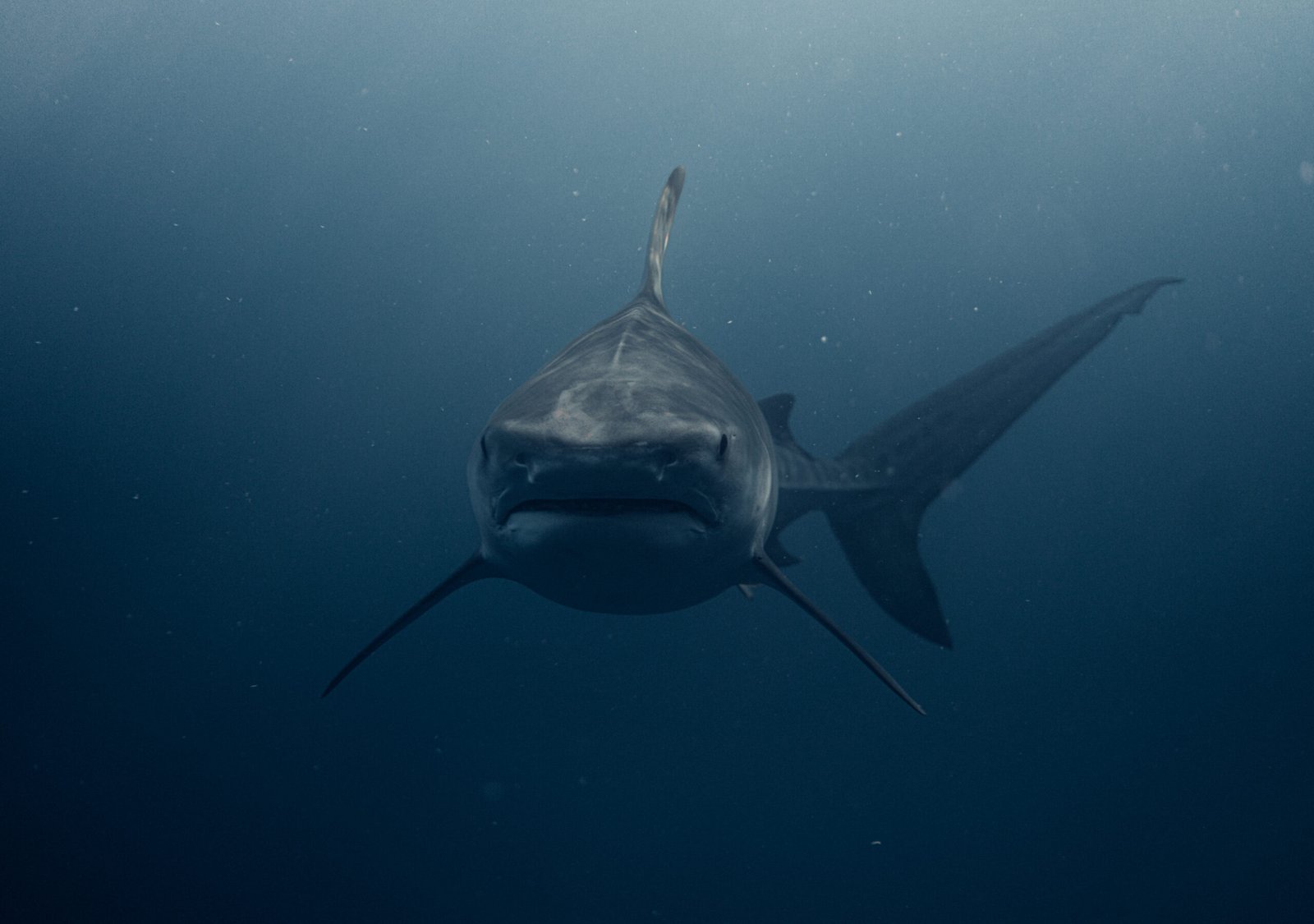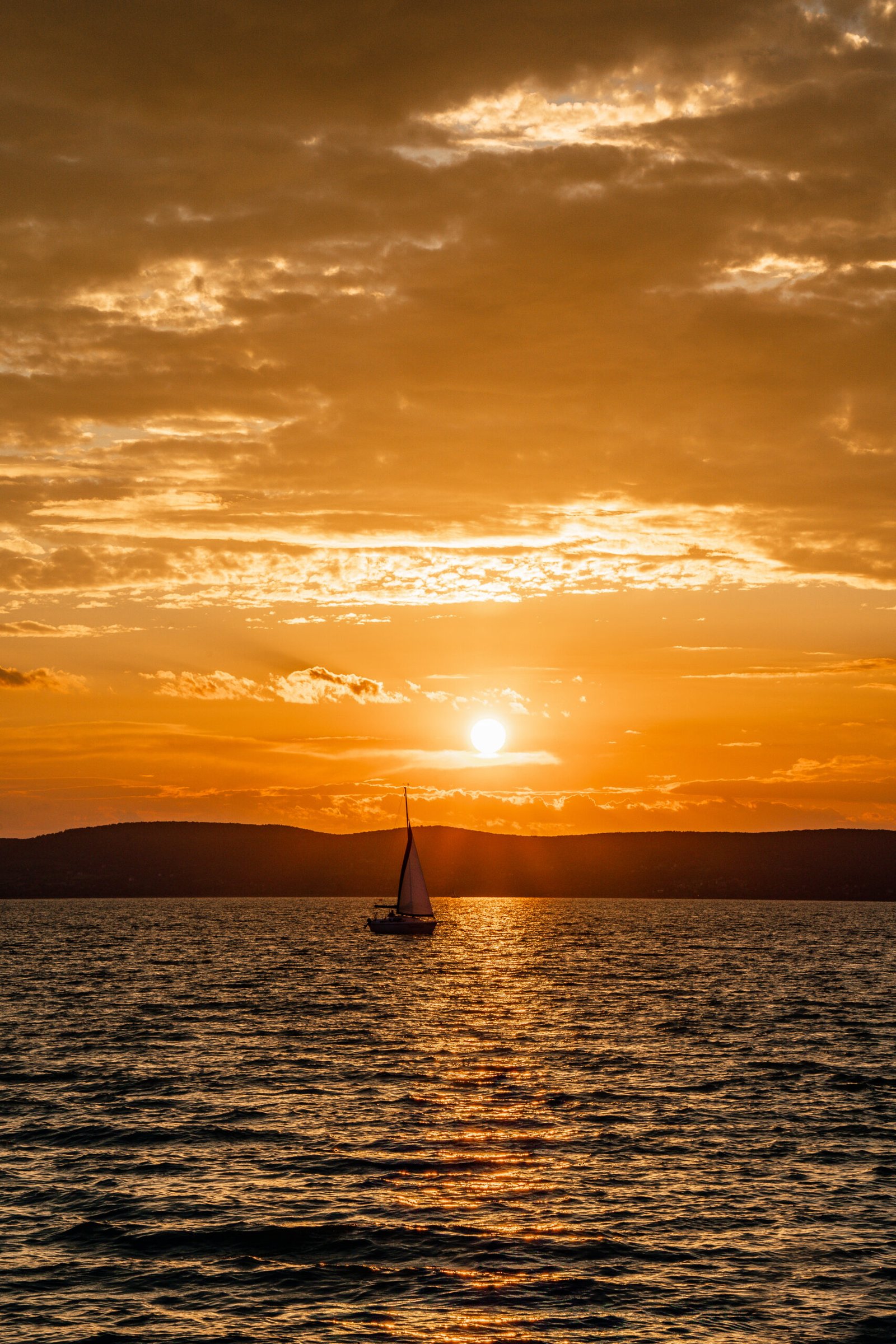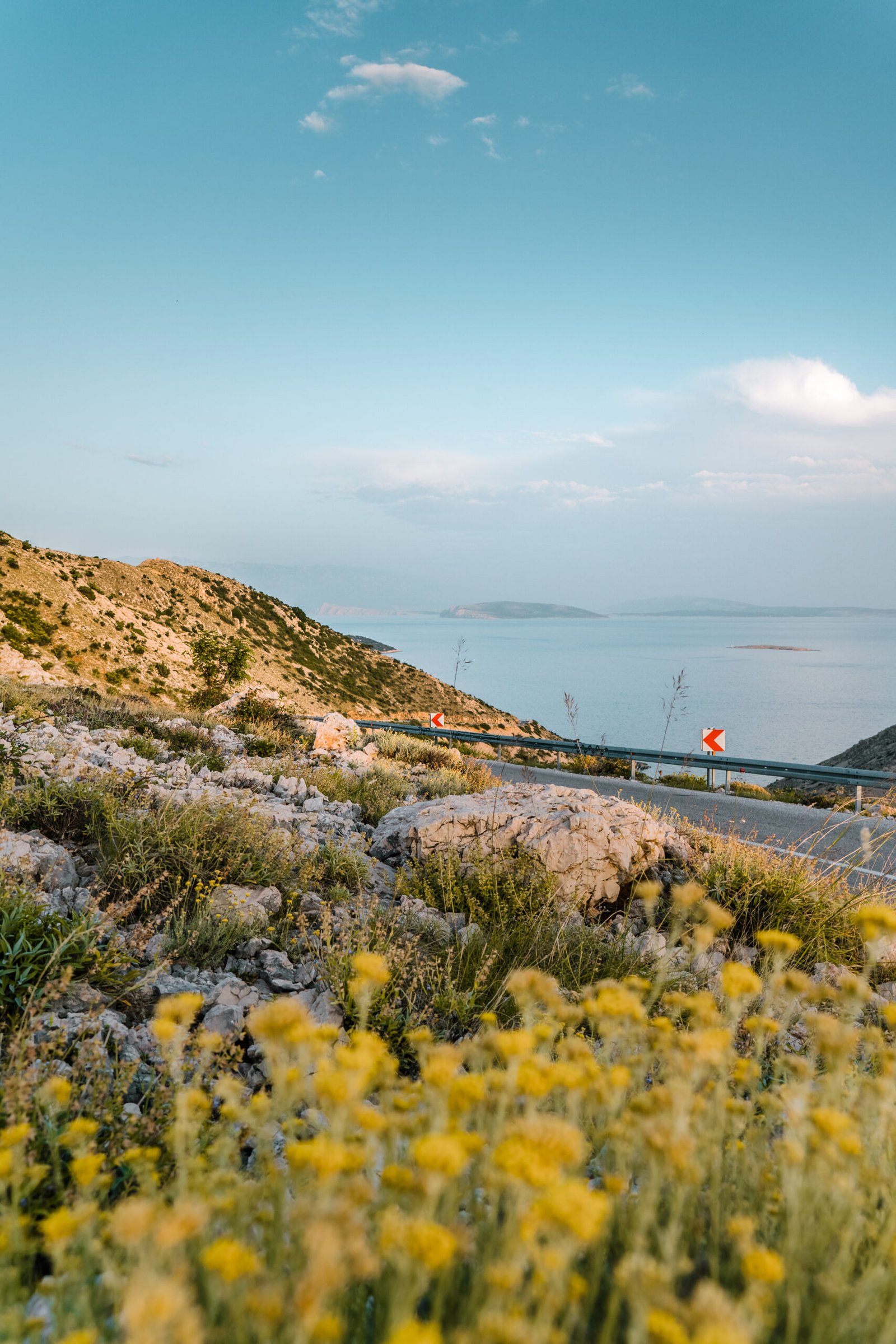
Kivalina, Alaska
Imagine a remote village, nestled on the shores of the Chukchi Sea, brimming with vibrant culture and breathtaking natural beauty. This is Kivalina, Alaska, a place that holds a unique place in the heart of the Last Frontier. Although small in size and often overlooked, Kivalina boasts a rich history and resilient spirit that truly sets it apart from other cities in Alaska. As we explore the captivating story of Kivalina, we’ll discover the challenges it faces, the importance of its cultural heritage, and the remarkable strength of its tight-knit community.
Geography
Location
Kivalina, Alaska is a small village located on the western coast of Alaska, specifically on the tip of an 8-mile barrier reef on the Chukchi Sea. It is situated approximately 80 miles northwest of the larger city of Kotzebue. The village is isolated, accessible only by air or boat, and is surrounded by vast tundra and beautiful scenic landscapes.
Climate
Kivalina experiences a subarctic climate, characterized by long, cold winters and relatively cool summers. The village is subject to strong coastal winds and is often covered in ice and snow during the winter months. Temperatures can plummet well below freezing, with the average winter temperature being around 5°F (-15°C). Summers are short and mild, with temperatures ranging from 40°F (4°C) to 60°F (16°C).
History
Early Inhabitants
The area now known as Kivalina has been inhabited for thousands of years by Indigenous people, primarily the Inupiaq Eskimo. These early inhabitants relied on hunting, fishing, and gathering for their sustenance, utilizing the rich resources of the land and sea to survive in the challenging Arctic environment. The Inupiaq people have a deep connection to the land and a rich cultural heritage that has been passed down through generations.
Establishment of Kivalina
Kivalina was officially established as a village in 1905 when a whaling station was established in the area. The village began as a trading post, attracting people from neighboring communities, and eventually grew into a permanent settlement. Over the years, Kivalina has faced numerous challenges such as the erosion of its land and the impacts of climate change, but it remains a resilient and close-knit community.

Demographics
Population
Kivalina has a relatively small population, with approximately 400 residents. The population has seen fluctuations over the years, with some families choosing to relocate due to environmental challenges. However, the community remains strong and is committed to preserving its heritage and way of life.
Ethnicity
The majority of the population in Kivalina belongs to the Inupiaq ethnicity, with their rich cultural traditions deeply ingrained in their daily lives. The Inupiaq people have a strong connection to the land and the sea, and their customs and practices reflect their deep respect for nature and their traditional way of life.
Language
The primary language spoken in Kivalina is Inupiaq, an Eskimo-Aleut language. Inupiaq is an essential part of the community’s cultural identity and is still taught in schools and passed down through generations. English is also commonly spoken and used for official communication.
Government
Local Governance
Kivalina operates under a local governance structure, with a tribal council and mayor serving as representatives of the community. The tribal council, composed of elected members, addresses the needs and concerns of the residents, while the mayor acts as a local leader and advocate.
Political Representation
As part of Alaska’s political structure, Kivalina is represented by elected officials at the state and federal levels. The village is part of the Northwest Arctic Borough and falls under the jurisdiction of the Alaska State Legislature and the United States Congress.

Infrastructure
Transportation
Due to its remote location, transportation to and from Kivalina is primarily by air and water. The village has a small airstrip that allows for the transportation of residents, goods, and supplies. During the summer months, boats and barges are used to access the village, providing essential links to neighboring communities and larger cities.
Utilities
Kivalina’s utilities primarily consist of a combination of traditional methods and modern infrastructure. While the community relies on wells for fresh water, electricity is generated through a combination of diesel generators and renewable energy sources like wind and solar power. The village is working towards enhancing its infrastructure to ensure reliable and sustainable utilities for its residents.
Healthcare
Healthcare services in Kivalina are provided through a local clinic and periodic visits from medical professionals. The clinic offers basic medical care and services, while more specialized care often requires residents to travel to larger cities such as Kotzebue. Access to quality healthcare has been a challenge due to Kivalina’s remote location, but efforts are being made to improve healthcare facilities and services within the village.
Economy
Traditional Subsistence Activities
The traditional subsistence activities of hunting, fishing, and gathering remain an integral part of Kivalina’s economy and way of life. Residents rely on the land and sea for sustenance, engaging in activities such as whaling, seal hunting, fishing for salmon and other species, and gathering wild berries. These activities not only provide food but also maintain cultural traditions and connections to the natural environment.
Cash Economy
In addition to traditional subsistence activities, Kivalina has also embraced a cash economy. Some residents are employed in local government positions, education, healthcare, and other services. However, job opportunities within the village itself are limited, and many residents must travel to larger cities for employment. Despite economic challenges, Kivalina’s residents continue to find innovative ways to support themselves and their families.

Environmental Challenges
Erosion
Kivalina faces significant challenges due to coastal erosion. The village is situated on a narrow barrier island that is gradually eroding, threatening homes and infrastructure. Over the years, the village has had to implement measures such as relocating buildings and constructing seawalls to mitigate the impacts of erosion. However, the issue remains a pressing concern for the residents, requiring ongoing efforts and long-term solutions.
Climate Change Effects
As a community located in the Arctic region, Kivalina is directly impacted by the effects of climate change. Rising temperatures, melting sea ice, and changing weather patterns have caused environmental shifts, affecting traditional subsistence activities and altering the delicate balance of the ecosystem. These climate change effects pose significant challenges to the community and emphasize the urgency of addressing global environmental issues.
Social Issues
Housing Crisis
Kivalina faces a housing crisis, with a shortage of adequate and affordable housing for its residents. The erosion of the village’s land, combined with the consistent population growth, has strained the existing housing infrastructure. Many homes are overcrowded, and some residents live in substandard conditions, further exacerbating social and health issues. The community is actively working to address this crisis by seeking funding and implementing initiatives for new housing construction.
Food Security
Maintaining food security is a constant challenge for the residents of Kivalina. While traditional subsistence activities provide a source of food, climate change impacts have affected wildlife populations and disrupted traditional hunting and gathering patterns. Limited access to affordable and nutritious food from outside sources further compounds the issue of food security. The community is exploring various strategies, including community gardens and partnerships, to improve access to healthy food options.
Cultural Importance
Traditions and Celebrations
Kivalina holds a rich cultural heritage, and traditions and celebrations play a vital role in community life. The Inupiaq people celebrate their cultural practices through events such as the Nalukataq, a whaling festival, where the community comes together to honor and share the bounty from a successful hunting season. Additionally, storytelling, drumming, dancing, and other cultural activities are woven into the fabric of daily life, ensuring the preservation and passing down of Inupiaq traditions.
Art and Crafts
Art and crafts are an integral part of Kivalina’s cultural identity and are often infused with traditional themes and motifs. The residents engage in practices such as ivory carving, beadwork, traditional basket weaving, and skin sewing to create beautiful and meaningful artwork. These crafts not only serve as expressions of creativity but also as a way to connect with the past and maintain cultural heritage.
Tourism
Attractions
Kivalina’s breathtaking natural landscapes and unique cultural heritage offer an unparalleled experience for visitors. The village’s pristine coastline, with its vibrant wildlife and marine ecosystems, provides opportunities for wildlife viewing, birdwatching, and fishing. The community’s rich Inupiaq traditions and celebrations also offer a glimpse into an ancient and vibrant culture that continues to thrive in the modern world.
Community-based Tourism
Kivalina embraces community-based tourism as a way to share its cultural heritage and generate economic opportunities. Visitors can engage in guided tours led by local residents, providing an authentic and immersive experience with insights into the community’s way of life. Community-based tourism initiatives also support the local economy by empowering residents to share their stories, traditions, and crafts while preserving their cultural integrity.
In conclusion, Kivalina, Alaska, is a unique village that faces numerous challenges but remains resilient and deeply rooted in its cultural heritage. The community’s connection to the land and sea, combined with their strong sense of community, allows them to navigate the environmental and social issues they face with determination and innovation. Through a combination of traditional practices, adaptation to a changing world, and a commitment to preserving their cultural identity, Kivalina continues to be a beacon of strength and resilience in the Arctic region.
